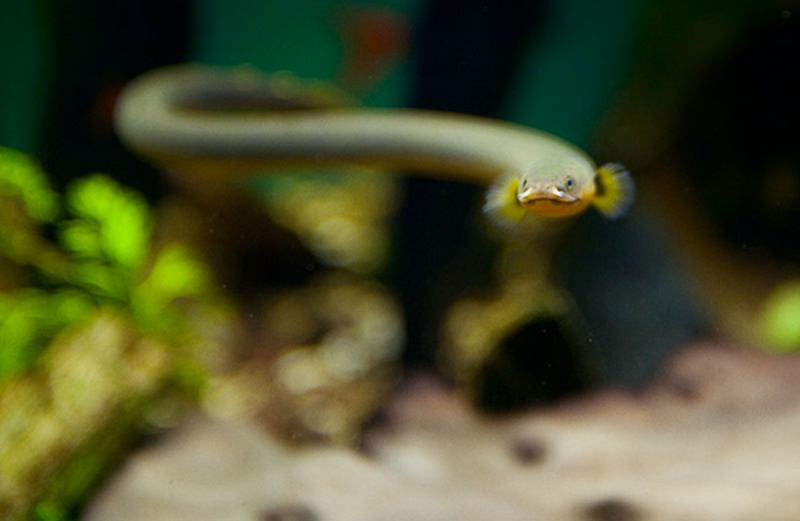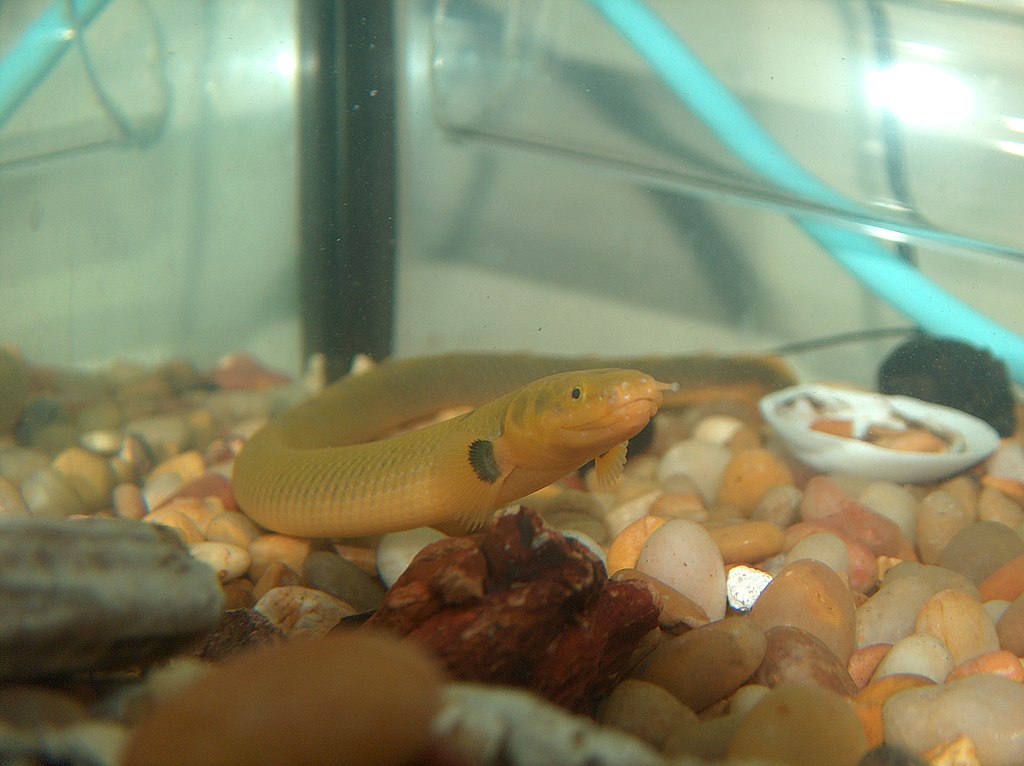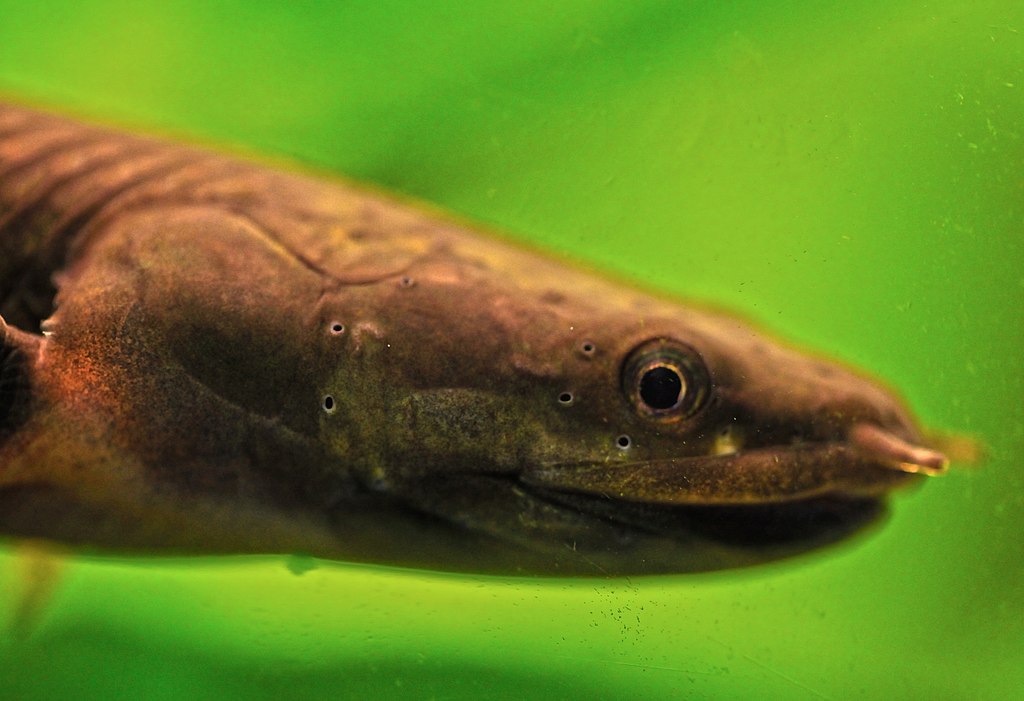A Brief Dive into the World of the Rope Fish

Meet the rope fish, a mesmerizing addition to any aquarium. Often referred to as reedfish, this species is originally from West Africa, stretching its natural habitat from Nigeria to the Congo Basin. Despite its somewhat intimidating snake-like appearance, this fish has an incredibly peaceful disposition, matching its curious nature. They even have an extra charm, lungs, a truly unique feature among their peers. Comprising such remarkable traits, rope fish indeed make an interesting aquatic companion for your freshwater aquarium.
Physical Traits
Size and General Appearance

An adult rope fish can grow to an impressive size in the wild, reaching up to 3 feet long. However, in home aquariums, their growth is limited to a manageable size of approximately 1.5 feet. With their elongated bodies, they bear a striking resemblance to snakes, often grabbing eyeballs and provoking astonishment.
Their Unique Breathing Mechanism

Beyond their unusual looks, rope fish excel in endurance. Their lungs allow them to breathe in waters with lowered oxygen content, a trait rarely found in other fish species. This unique ability also contributes to their survival outside of water for extended periods.
Getting a Rope Fish for Your Aquarium

Adopting a rope fish for your aquarium? Prepare to see them in action. As night dwellers in nature, rope fish are primarily nocturnal, but can be tempted out with their favorite treat – night crawlers and bloodworms.
- Ensure there’s ample space in your tank since overcrowded conditions can stress out these peace-loving aquatic beings.
- Beware of potential bullies among your other fish, as rope fish, despite their size, lean more towards exploration than confrontations.
And here’s the fun part – rope fish are known for their unparalleled knack for exploration, often finding ways around barriers, and even outdoors if conditions permit! Conclusion: They are astoundingly good escape artists.
Maintaining Water Level and Providing a Safe Sanctuary

While setting up your rope fish sanctuary, bear in mind these wanderlust creatures’ traits. Give meticulous attention to the lid of your aquarium. It should snugly fit onto the tank to dissuade any escape attempts. Despite their intimidating size, rope fish can jump to surprising heights in a bid for freedom. So, consider maintaining a reasonable gap between the water level and the top of the aquarium that gives them the jumping room but not enough to escape.
For an enriched environment, consider including pond-like accessories like floating lily pads. Creating hideaways with such additions would provide a safe haven for rope fish, particularly when they are facing unwelcome attention from potentional bullies.
Whether you are an ardent fish lover or an aquarist on the lookout for something exotic, the enchanting world of rope fish could provide a unique learning experience and captivating companionship. Happy aquascaping!